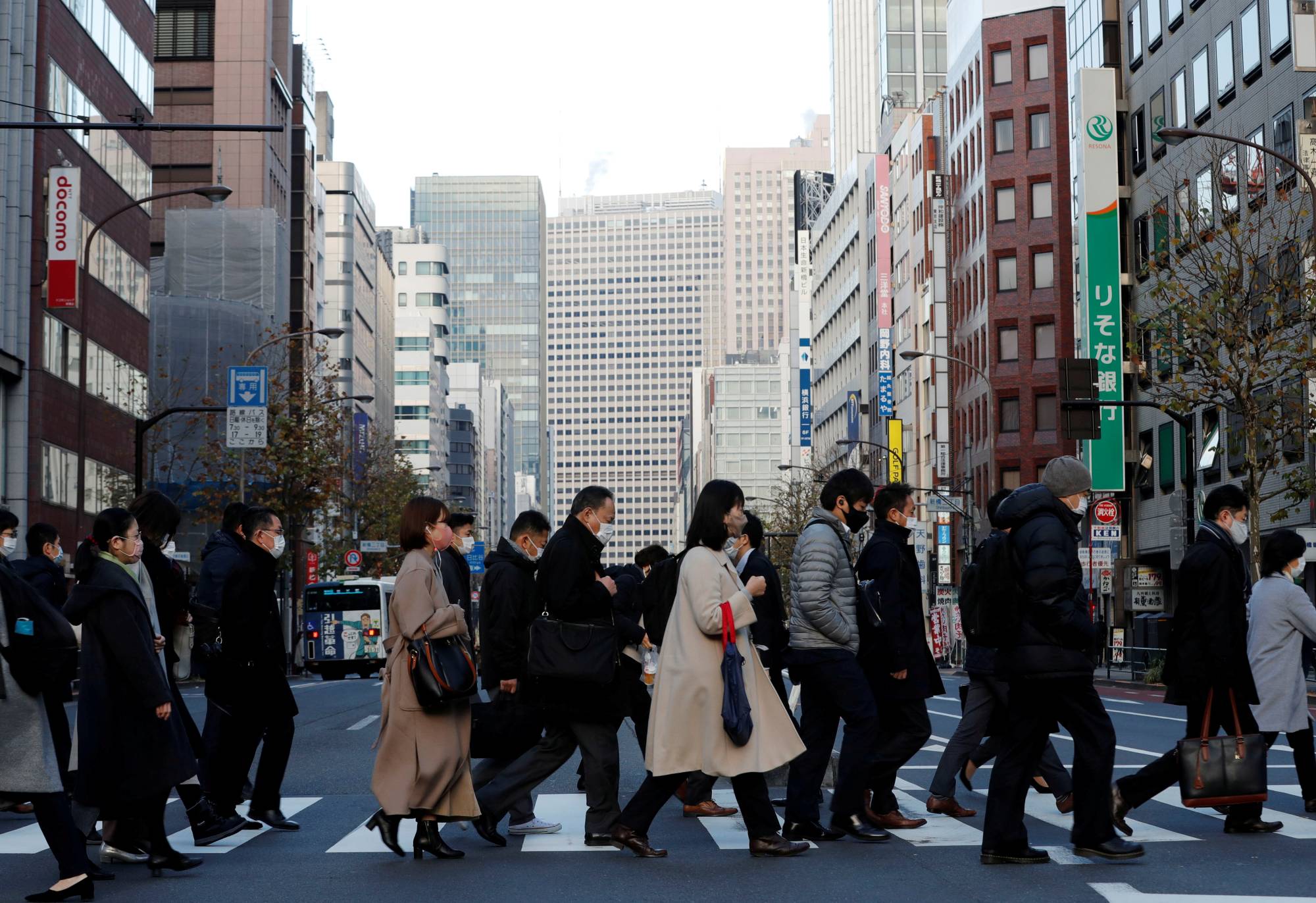Yuka Fujimura first thought about quitting her job in the spring of 2020, when COVID-19 case counts soared and Tokyo declared its first state of emergency.
The day care center that Fujimura’s 2-year-old daughter attended had closed for the duration of the emergency decree. That meant the 35-year-old mom was tasked with looking after her child at home while running a one-person public relations team for an AI-powered voice communication startup.
“My daughter wasn’t happy at all. She became frustrated and cried a lot, begging me to take her to the park. But I had so much work to handle and no one to cover for me at my company,” Fujimura says.


















With your current subscription plan you can comment on stories. However, before writing your first comment, please create a display name in the Profile section of your subscriber account page.